An organisation with a strong safety culture positively promotes inclusion and will take all the necessary steps to protect occupants in the face of an emergency. This important initiative includes ensuring the safety and protection of people with physical and mobility impairment as outlined in the requirements of Australian Standard 3745. Their impairment may limit their ability to act by the emergency procedures of the building. Hence, they require a plan that will factor in their condition.
The Personal Emergency Evacuation Plan (P.E.E.P.) aims to address the specific needs of tenants and occupants with physical and mobility impairment. It outlines the strategies required to be able to evacuate a person with a disability as safely and comfortably as possible. This means that even those with a temporary condition, such as a broken leg, may require a P.E.E.P.
What are the roles of wardens in implementing the P.E.E.P.?
In the event of an emergency, a warden would be assigned to assist non-ambulant persons. The warden, who will already be familiar with the person’s P.E.E.P., will carry out the procedures by the P.E.E.P.
In most instances during an evacuation of the building, the mobility impaired occupant, and the designated warden, will remain on their floor inside the fire escape and wait for the emergency services to respond to them.
Such a situation demonstrates the need for the chief warden, tenants, the building administration and the EPC to be aware of the limitations of people within the building. The emergency services must also be made aware of the presence of such special circumstances so that they may also be better prepared to deal with the situation. For this reason, at a minimum, the P.E.E.P.s should be kept with the wardens designated to assist and by the Fire Indicator Panel with the chief warden.
Unconscious Persons
In some cases, there will be individuals who will pass out during the emergency. It may be because they inhaled too much smoke in the event of a fire, or they simply suffered from an intense anxiety or panic attack.
Any individual who falls unconscious must immediately be removed from the site of immediate danger. The procedures arm the Wardens and the occupants themselves with “implied consent”, which is to say that they may assume that the person would want to be saved, without fear of liability. Once the unconscious person is sure to be away from immediate danger, it is ideal that they are given proper first aid measures and put in a recovery position.
Where possible, assign a person to monitor the unconscious person until help arrives. It is also imperative that the medical state of the occupant, as well as their immediate location, be communicated as quickly as possible to the Chief Warden and emergency services.
Persons in Locked/ Unsearchable Areas
In line with making sure that all occupants are accounted for, secured areas must be thoroughly checked to guarantee that no one is trapped inside. In the case of a fire situation, the respondent or occupant should first feel the door knob with the back of the hand to check if it there is fire on the other side. If the door does not feel warm, it should then be opened carefully so that a person can look inside. In case the door does not open, knock loudly three times, and then shout to call the attention of anyone who might be inside.
In the situation where you are unable to search a room, and no one answers communication attempts, do not assume that this signifies an empty room. It must also be considered that the person inside may have passed out in the course of the emergency, which only makes them more vulnerable and therefore, in more need of assistance. In such a circumstance, report the unsearchable area to the Chief Warden.
Tweet this: In line with making sure that all occupants are accounted for, locked areas must be thoroughly checked to guarantee that no one is trapped inside.
What are other P.E.E.P. Considerations
It is not just those with physical mobility issues that must be given special assistance with the PEEP. The following can also be subject to a personal emergency evacuation plan:
- People with cultural differences
- Individuals with language difficulties/ barriers (for example, a deaf person will not hear an audible alarm)
- Those with physiological or psychological conditions (such as those that are stressed easily or suffer severe anxiety)
- People with respiratory and other medical conditions
P.E.E.P. Form
The building administration must be duly aware of any and all occupants and visitors with a disability within their premises. This is in line with the thrust that each person must be accounted for at all times, so that should an emergency situation necessitating evacuation occurs, no one will be left behind.
This form must then be able to identify, assess and record circumstances and abilities of the person in question; a copy must also be provided to the Emergency Services in the Fire Control Room for reference. Assigned wardens must also be provided with the same for due notice.
In case the person with the disability works in the building, the form must state which office he or she is assigned to, what floor is it at, and the specific workspace location. Contact details must also be provided, as well as the proper information on the kinds of training and special assistance he or she requires.
To ensure that all those who are required to be informed are in fact properly informed, the form must also be duly signed by the person with a disability, the tenancy manager, and the Chief Warden.
If your organisation would like help to document you P.E.E.P.s, feel free to contact us for an obligation free discussion with our friendly consultants. You can also take our FREE SURVEY to identify your facility’s compliance gaps.

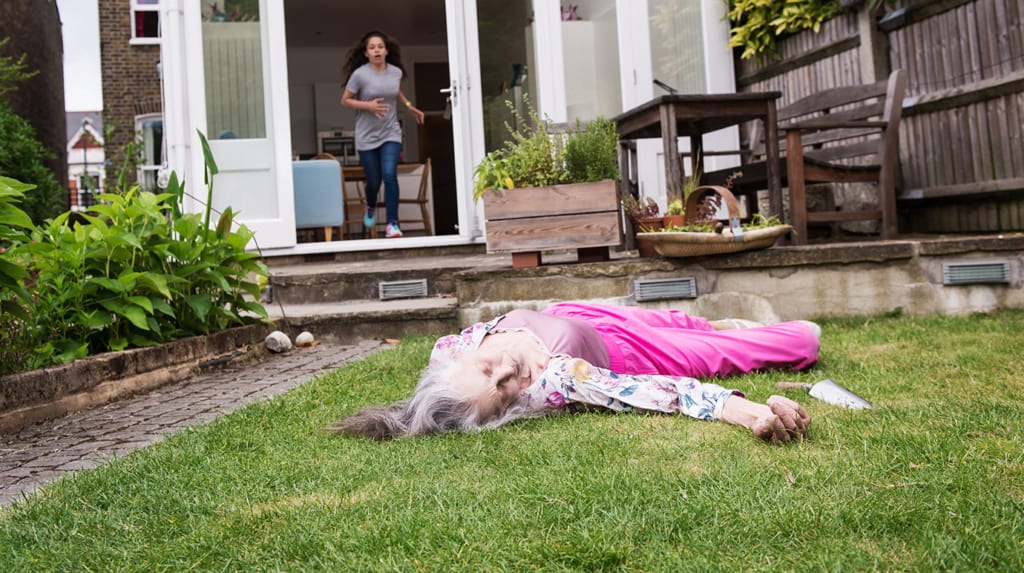

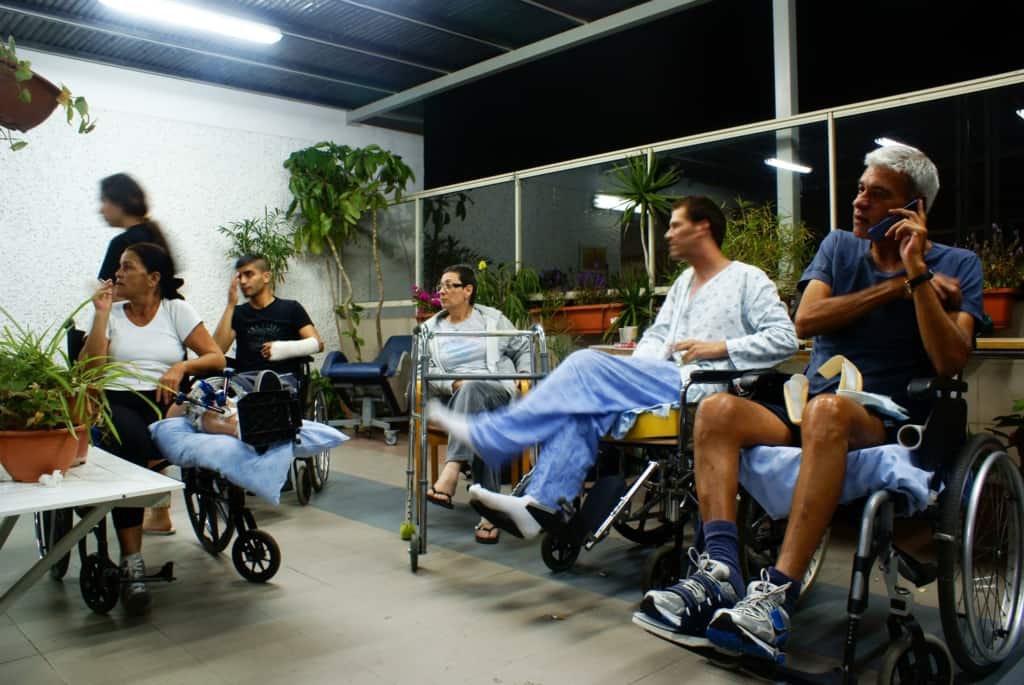
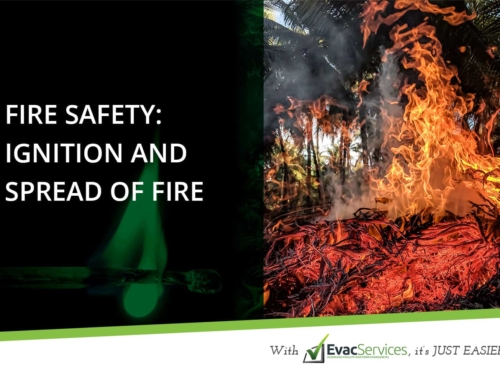
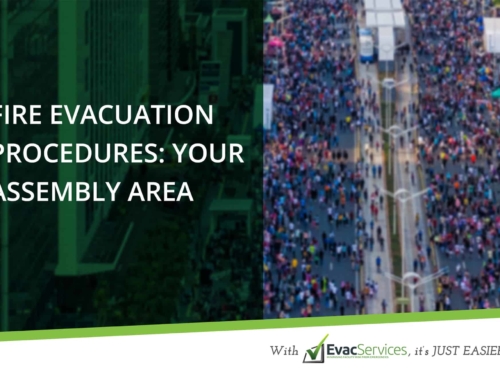
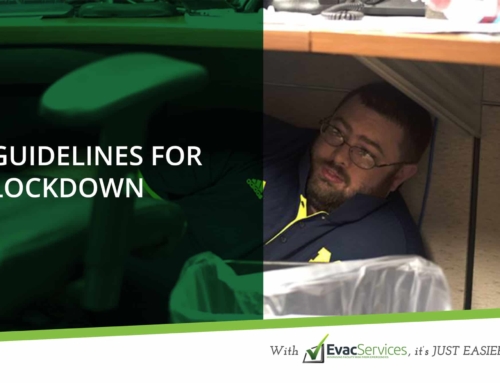
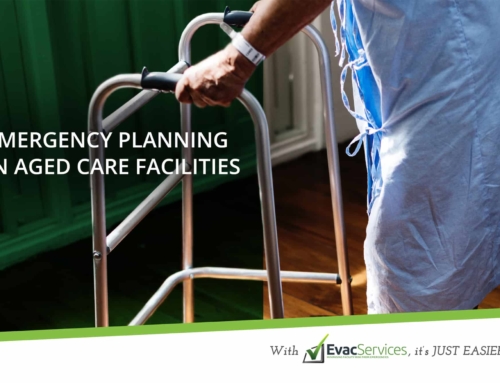
Leave A Comment